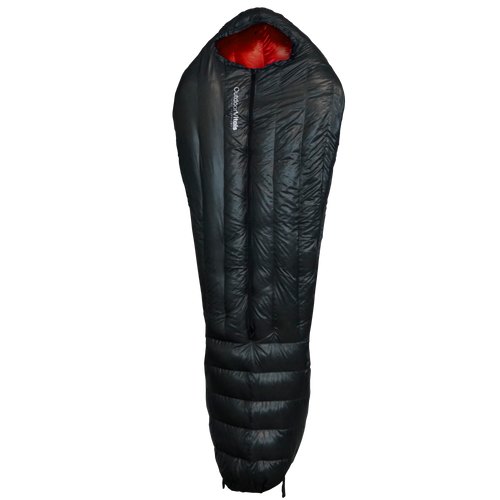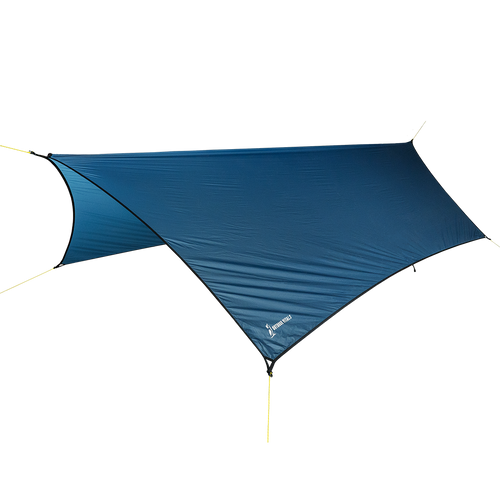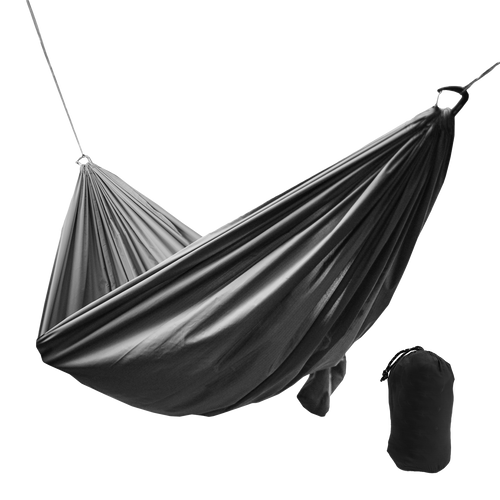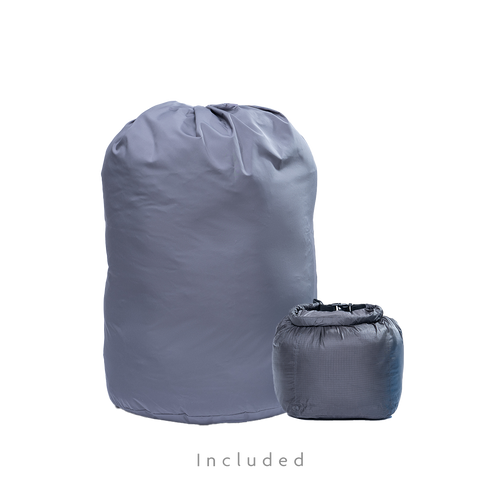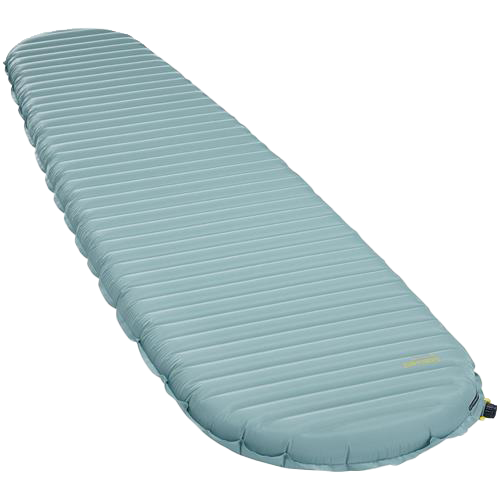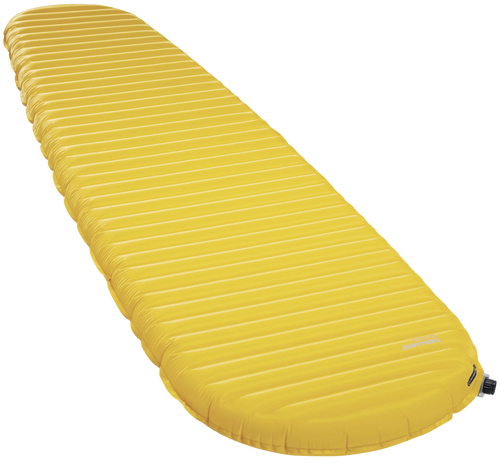Exploring the Link Between Restful Nights and Trail Success
Whether you’re a trail runner preparing for an ultra or a hiker getting ready to tackle one leg of the coveted Triple Crown, your goal is to perform at your best. Doing so means paying attention to everything that affects your training goals — including sleep.
How much sleep do you need while training? What about during the trek? What can happen if you don’t get adequate rest and what are some tips for finding shuteye when it seems elusive? Explore the link between restful nights and trail success.
Resting, Training and Performing at Your Best
While adopting the “go hard or go home” attitude is tempting, adequate rest and sleep are essential to performing at your best. Your muscles need time to recover after the minor injuries imposed by exercise, allowing them to adapt and strengthen over time. Inadequate downtime can interfere with tissue repair, leading to overtraining syndrome.
The Adverse Effects of Sleep Deprivation on Training
Overtraining syndrome often affects trail runners and thru-hikers who push themselves past reasonable limits. Unfortunately, doing so often backfires, resulting in the following symptoms, which may become severe:
- Reduced training capacity, intensity or performance: Without adequate time to heal, your muscles become weaker, not stronger.
- Muscle and joint soreness, and general aches: Even if you don’t have a specific injury, you could limp around like you were older than Methuselah.
- Irregular heart rate or rhythm: One of the scarier symptoms. Your sympathetic nervous system can go into overdrive, causing an increase in your resting heart rate. Overtrained runners may increase their resting pulse by as much as ten beats per minute — take regular readings, as this is one of the most reliable overtraining signs.
- Increased incidence of injury: Unrecovered muscles, ligaments and tendons are weaker and more prone to damage.
- Lowered immunity: You may find yourself coming down with every little sore throat or cough going around the office.
- A loss of enthusiasm for the sport: You once felt like you were born to run or hike, but now lacing up your sneakers makes you sigh.
- Reproductive issues: Your sympathetic nervous system causes elevated stress hormone levels, decreasing the sex hormones your body produces.
- Mood symptoms like feeling irritable, anxious or depressed: Too much circulating cortisol affects the levels of several neurotransmitters — including serotonin and dopamine, which impact your mood.
- Decreased appetite: You need the right fuel to fuel your muscle recovery. However, you might find everything on your plate unpalatable.
- Insomnia: Falling asleep and staying asleep may become challenging.
The last one is notable but easy to understand, with some knowledge of physiology. When you exercise, your sympathetic nervous system gets to work, prompting your body to release cortisol. While moderate exercise causes stress hormone levels to drop after exertion, too much keeps your numbers elevated. As a result, you may find it impossible to relax and fall under, despite your body’s exhaustion.
Experts recommend limiting your training time to 16 hours per week or less. Although this figure may seem too short to those accustomed to going hard, it represents more than two hours of vigorous physical activity daily. You don’t need — nor do you want — more than that if you hope for trail success.
Furthermore, you shouldn’t spend all 16 hours on the trail. Many trainers recommend cross-training to decrease stress on the muscles, ligaments and bones used in your primary sport while strengthening auxiliary muscles that help you get faster and stronger. As a result, you lower your risk of injury while decreasing the chances you’ll get sick of your favorite sport.
How Many Hours of Sleep Do You Need?
Most adults need between seven to nine hours of sleep per night. However, you might require as much as eight to 10 during heavy training, such as preparing for a competition. Those conquering ultramarathons are often coached to “bank” a bit of extra sleep, as such extreme endurance races may keep them awake for two or three days at a time, other than micro-naps.
It’s crucial to remember people vary widely in their physiologies. It’s more than the degree of training — some people are naturally sleepier than others. If your body demands rest, take it. Check with your doctor if you exceed 10 hours a day, however, as such excess sleepiness may indicate an underlying health condition.
The Effects of Outdoor Adventures on Sleep Quality
Fortunately, moderate outdoor adventures improve overall sleep quality. As any mom can tell you, a little healthy movement in the fresh air makes naptime less of a battle — the same holds for adults. Usually, those who don’t move enough struggle to go and stay under.
Your body completes several crucial reparation processes while you rest. For example, sleep prompts your body to release growth hormones essential for repairing the microscopic tears your muscles experience with exercise while fixing damage to tendons, ligaments and bones.
Furthermore, your body produces cytokines — substances used to fight infection — during sleep. Even though exercise is good for your body, it’s still a stressor. Too much can increase your susceptibility to colds and flu, sidelining your training, so get your zzzs.
Finally, sleep gives your heart a needed rest. Who hasn’t heard horror stories of healthy athletes going belly up from ticker trouble while on the trail? During slumber, your blood pressure and heart rate drop, easing the capacity load on this organ.
7 Tips for Getting Your Best Sleep
How can you get better sleep on and off the trail? Uncomfortable conditions and pregame jitters combine to make your necessary rest elusive, but the following seven tips can help you get your rest.
1. Know When to Make Camp
Far too many first-time adventurers wait until twilight paints the sky before laying down their ground cover. Guess what? Fighting with tent poles — especially in the dark — causes undue stress, making it harder to unwind when you finally erect your shelter. For best results, set up while the sun is still high in the sky — at least until you can set up and break down your gear blindfolded.
2. Destress and Wind Down Naturally
You might feel too keyed up to sleep without a wind-down. This tip is more effective for thru-hikers than ultramarathoners, who tend to sleep in small naps until finishing the race.
Create a campsite wind-down routine. It might consist of a hearty dinner containing foods like hummus with the right blend of carbs, proteins and fats to help your muscles rebuild overnight.
Then, practice some gentle stretching and meditation. Easy, restorative yoga feels heavenly on sore muscles and does double duty, soothing your central nervous system so it’s easier to fall under, even if the coyotes start howling.
3. Secure Your Sleeping Spot
Here’s another tip for the thru-hiking set or anyone who spends overnight in the forest while pursuing their favorite trekking or trail-running hobby. The deep woods can seem scary but are far less so if you secure your perimeter.
4. Bring the Right Gear
Have you ever tried to sleep when you’re shivering? It’s enough to keep you awake — especially if you recently reread Jack London’s “To Build a Fire.”
Check the R-value of your sleeping pad. Here’s a quick and dirty guide to what the numbers mean:
- Below 2: Only good for warm summer nights.
- Between 2 and 4: Appropriate for most spring, summer and fall excursions.
- Between 4 and 6: Suitable for all but the most extreme conditions.
- Over 6: Good for extreme cold.
5. Pay Attention to Weather Conditions
A sleeping bag and pad might not be enough for extreme conditions. Pay attention to severe weather if you hope for trail success dotted with restful nights.
Wind and rain are often the biggest bugbears, as snow can serve as insulation or shelter in a pinch. You’ll need a protective tent designed to keep you out of these elements if you want any hope of a good night’s rest. Treat your gear with waterproof repellent and seam sealer, and take plenty of clean, dry clothing — especially socks.
6. Make the Atmosphere Conducive
Many find outdoor environments make for the soundest sleep once you account for safety and comfort. However, what can you do at home before the big event to ensure you get sufficient slumber during training and the night before? Try these tips:
- Dim the lights: One reason outdoor sleeping is so effective is it resets your circadian rhythm to get tired at sunset. You can recreate this at home by ensuring you have curtains that block outside light.
- Drop the temperature: Many people find temperatures between 62° and 67° Fahrenheit ideal for slumber.
- Ban electronics: The blue light from screens keeps you awake — not to mention all that juicy social media distraction.
- Get comfy: Use as many soft, fluffy pillows and blankets as necessary to make your bed feel like sinking into a cloud.
7. Watch the Caffeine Intake
In limited amounts, caffeine can act as a performance enhancer by making you more alert. However, as in all things, moderation is key. Too much and you risk sleeplessness, which can create a vicious cycle. You feel tired, so you drink more coffee and on and on it goes.
Instead, limit yourself to two to three cups per day, less if you’re sensitive. Furthermore, avoid the stuff after 3 p.m. and read labels — that recovery drink might contain enough go-juice to keep you awake until dawn breaks.
Get a Restful Night’s Sleep for Trail Success
You need adequate rest if you hope to perform at your best out on your trail. Scientific evidence points to sleep as one of the most crucial factors affecting your athletic abilities.
Now that you understand the link between restful nights and trail success, prioritize your slumber. The tips above will have you well-rested on game day or keep you going till you earn that Triple Crown.
Author Bio
Jack Shaw is a senior editor of Modded and has been writing about staying fit and exploring the outdoors for over five years. He enjoys hiking, backpacking and utilizing the environment to keep up his own health. Jack’s advice and adventures have been shared with publications such as Crow Survival, Duluth Pack, and Undiscovered Mountains.

